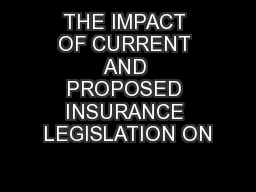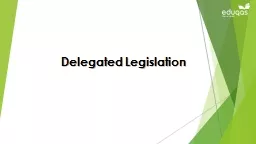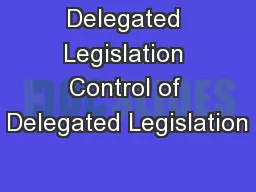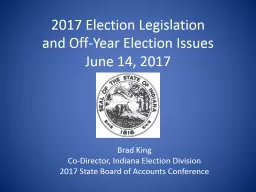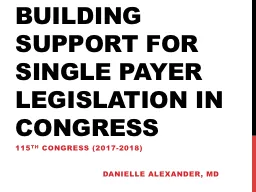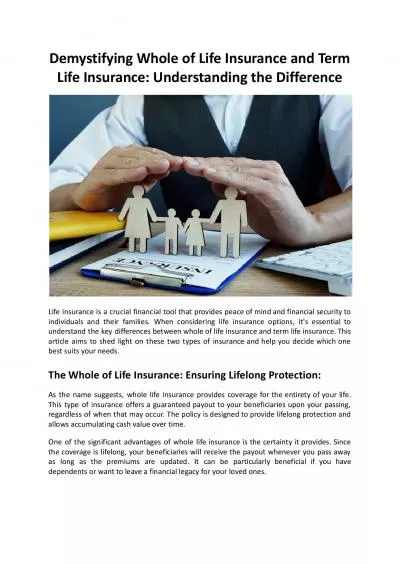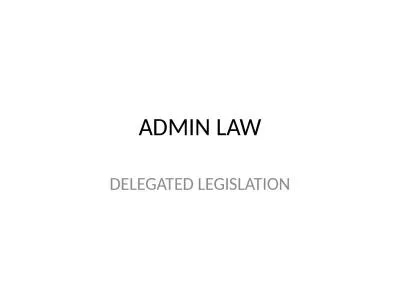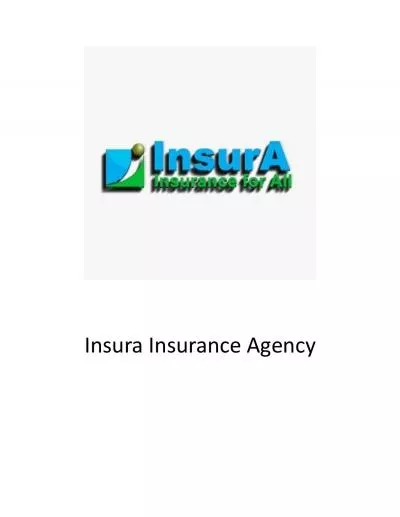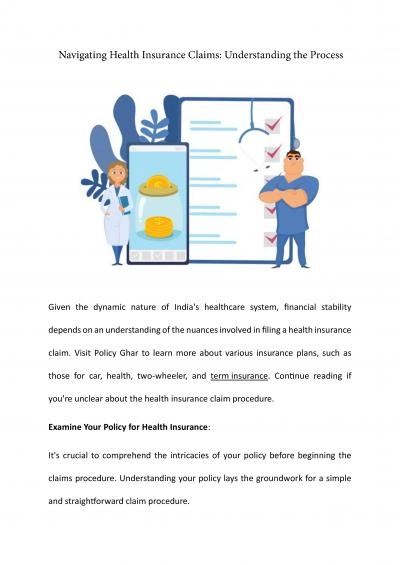PPT-THE IMPACT OF CURRENT AND PROPOSED INSURANCE LEGISLATION ON
Author : aaron | Published Date : 2017-05-10
Presented by Peter Veal 21 st July 2016 The impact of current and proposed insurance legislation on the Motor Industry Discussion topics 1 Current Legislation
Presentation Embed Code
Download Presentation
Download Presentation The PPT/PDF document "THE IMPACT OF CURRENT AND PROPOSED INSUR..." is the property of its rightful owner. Permission is granted to download and print the materials on this website for personal, non-commercial use only, and to display it on your personal computer provided you do not modify the materials and that you retain all copyright notices contained in the materials. By downloading content from our website, you accept the terms of this agreement.
THE IMPACT OF CURRENT AND PROPOSED INSURANCE LEGISLATION ON: Transcript
Download Rules Of Document
"THE IMPACT OF CURRENT AND PROPOSED INSURANCE LEGISLATION ON"The content belongs to its owner. You may download and print it for personal use, without modification, and keep all copyright notices. By downloading, you agree to these terms.
Related Documents

